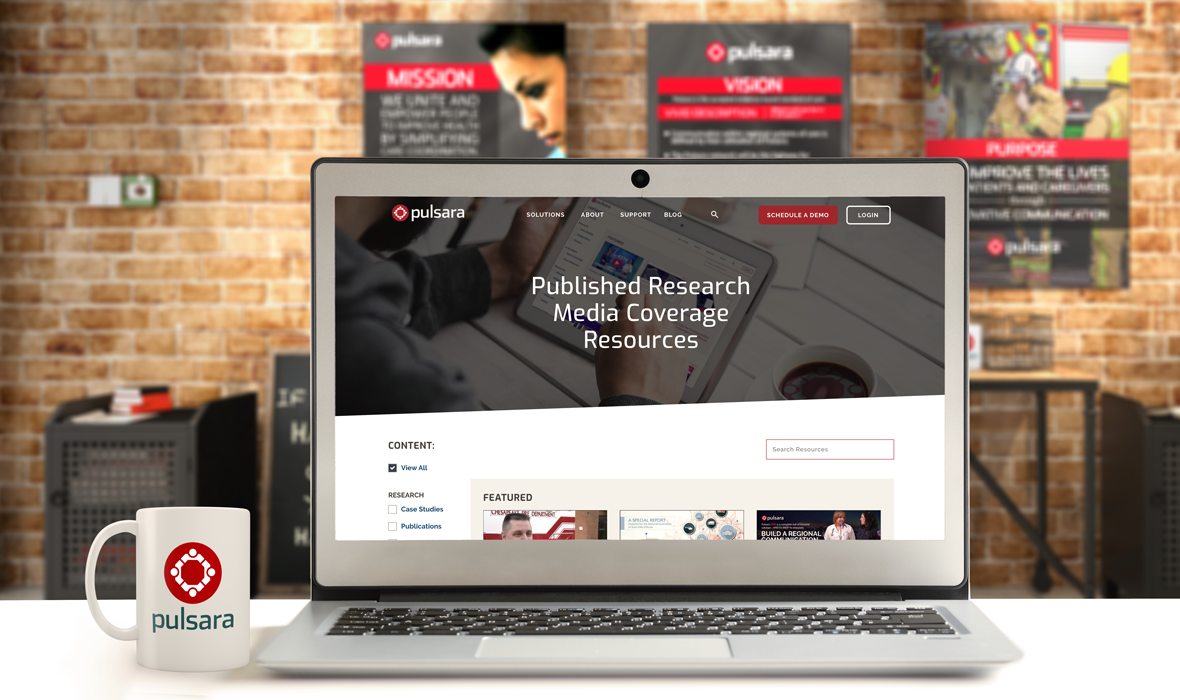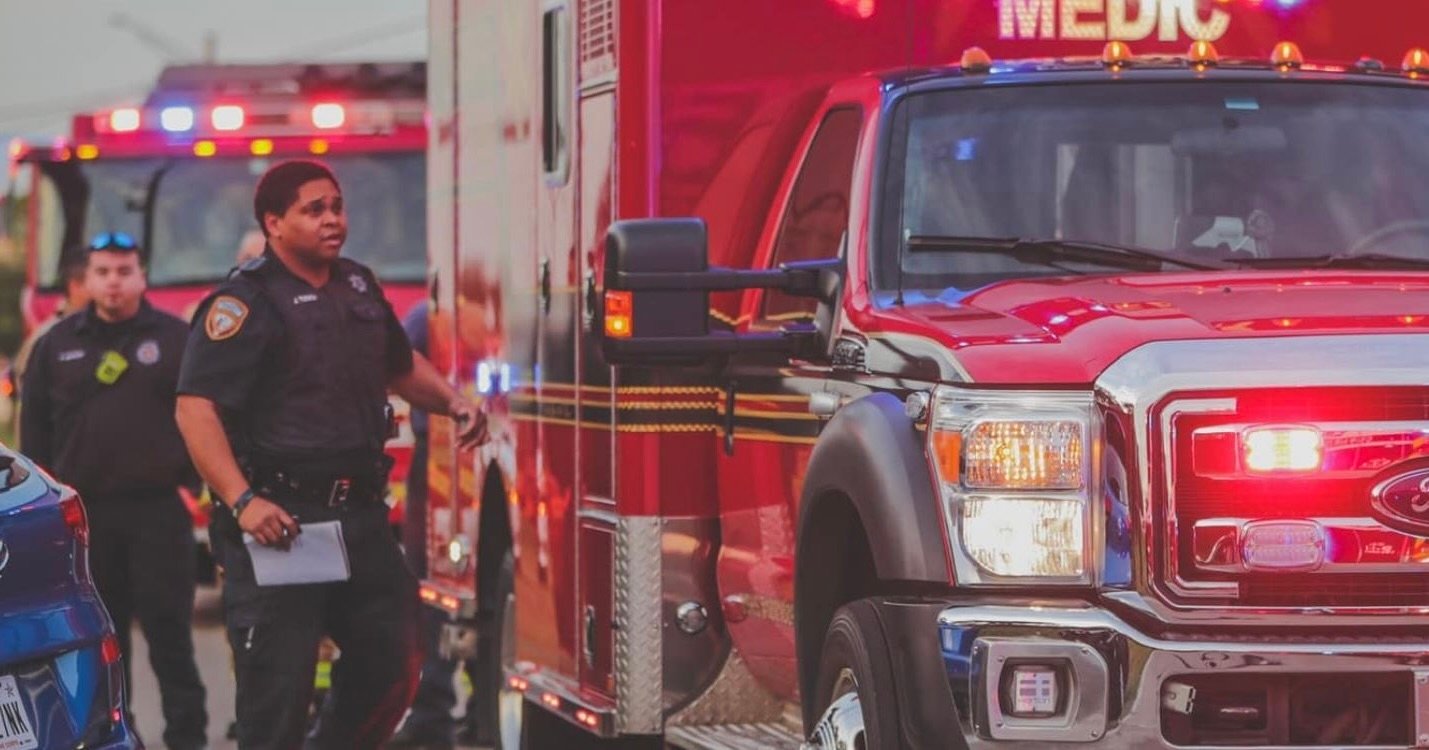Stop the Staffing Spiral: Burnout is Draining Your Workforce
Editor's Note: In July 2025, EMS1 and Fitch & Associates released their annual EMS trend survey, What Paramedics Want, proudly sponsored by Pulsara....
3 min read
 Team Pulsara
:
Sep 18, 2019
Team Pulsara
:
Sep 18, 2019

EDITOR'S NOTE: Special thanks to Alyana Samai for writing today's blog post. Alyana is the Director of Stroke Services at West Jefferson Medical Center in Marrero, Louisiana. Aly has been a champion user of Pulsara since 2016, and has led her teams to successfully decrease door to needle times by streamlining and improving communication when it matters most.
__
Dear Aly,
We are new clients and implementing Pulsara at our facility, but many of our nurses are concerned that this is going to be "double documentation," more than communication. How can we help them understand that Pulsara can streamline the process, reduce communication frustrations, and not double up on tasks?
Sincerely,
Prepared for Pulsara
Dear Prepared,
This is one of my favorite questions concerning Pulsara. The dreaded “double documentation” is perhaps one of the most widespread healthcare fears. And yet, the reality is that this type of unofficial “double documentation” has existed in some form for decades and is still seen in many healthcare organizations today.
If you’ve worked in emergent healthcare, you’ve probably seen it. In fact, you may have even done it, without having recognized it. Not ringing any bells? What about that piece of tape on your leg, or the edge of the stretcher sheet, or the piece of paper towel that turns in to your surrogate medical record during an emergency?That’s right, the famous (or perhaps infamous) “jot sheet” is our culprit.
Let’s temporarily overlook how incredibly HIPAA-non-compliant this practice is and just look at the logistics. In the heat of moment, when vitals and orders are being called out rapid-fire, the “jot sheet” can feel like a saving grace, but what happens when the medic drops the patient off in the trauma bay? What happens when the trauma nurse then takes the patient to the cath lab?
There are really only two fates for the paper towel: 1) we send it with the patient from place to place throughout their stay, or 2) the information has to be transposed into the patient’s chart. For argument’s sake, let’s assume we all agree to pick door number 2 where we take information from one place and enter it into another – that sounds suspiciously like “double documentation” to me.
Perhaps it is simply a vestige of the paper charting that was done before the dawn of the age of the Electronic Medical Record, or perhaps in the moment it feels faster to write things down first and then enter them. Either way, the fact remains that writing important, sensitive patient-care information on scraps of paper is not the optimal method of real-time documentation. While it manages to record some information, it is often unlabeled (and could therefore easily end up in the wrong chart), it is not standardized so the information deemed important by one person may not be recorded by others in the future, and it is definitely not HIPAA compliant.
To make an already challenging situation worse, let’s now talk about the added complexity of some of the handoffs that need to take place to care for one patient: medic-to-nurse, medic-to-registration, medic-to-doctor, nurse-to-nurse, nurse-to-cath lab, nurse-to-doctor, doctor-to-doctor, and the list goes on. Ever played a game of telephone? We all know what happens when a message is heard and relayed by multiple people: Things. Get. Messy.
The beauty of Pulsara is that it takes our old friend the “jot sheet,” makes it HIPAA-compliant, and then simultaneously gives a copy to every person involved in the care of that patient with live updates. Instead of the medic giving the patient story, vitals, and registration information to multiple people, s/he inputs it once into Pulsara and everyone has that same information at their fingertips instantly. The essential information needed to care for your patient is able to be entered and shared instantaneously across the continuum of care – from EMS, laboratory, CT scan and EKG, to physicians and cath lab crews.
There is no question that this instant first-hand communication increases efficiency and minimizes errors; and it virtually eliminates the possibility of the message being muddled as it goes from person to person. Yes, information from Pulsara will need to be entered into the electronic medical record, but the Pulsara transcript has the potential to include the input of everyone involved in the case from beginning to end, updated in real time, without recall errors.
Having said all of that, it is critical that you work with your staff to determine what their “pain points” are in the system and in your hospital’s utilization of Pulsara. I am a big believer that the people who are on the front lines of any protocol should have a significant role in developing those protocols. At our hospital, we encountered similar hesitations, but the benefits I just described became clear the more they were discussed. Once we developed a protocol that would effectively address our specific areas of concern, our team was ready and willing to try this new documentation approach and so far the majority loves it!
I hope this helps!
All the best,
Aly

Editor's Note: In July 2025, EMS1 and Fitch & Associates released their annual EMS trend survey, What Paramedics Want, proudly sponsored by Pulsara....

A new research study, published in The Journal of the American College of Cardiology (JACC), shows the use of Pulsara in a STEMI-focused initiative...

Texas EMS Agency Slashes Hospital Offload Times For Low-Acuity Patients Down from 45 Minutes to 10.2 Minutes with Innovative Door-to-Lobby Protocol ...